Summary
The Long Wavelength Sensors and Applications Project develops cryogenic instrumentation for the measurement of faint signals at microwave to far-infrared wavelengths. Applications include precision measurements of Cosmic Microwave Background and other astrophysical observables; quantum sensing; and microwave metrology.
Description
Our project designs and micro-fabricates custom devices that achieve sensitivity at fundamental limits and are based on the principles of superconductivity. We often work in large collaborations to apply these devices to challenging measurements of high scientific interest, such as those which characterize the detailed physical evolution of the universe at large. For more details on our astronomical applications, see Measuring the Cosmos. Terrestrial applications focus on several aspects of microwave metrology, largely in support of quantum measurements. Relevant technologies include transition edge sensor (TES) bolometers, microwave kinetic inductance detectors (MKIDs), SQUID multiplexers, parametric amplifiers, silicon feedhorns, and metamaterial lenslet arrays.
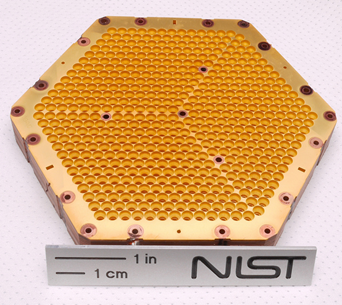
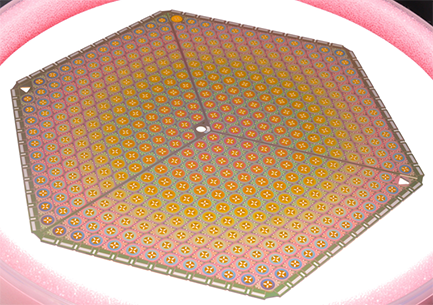
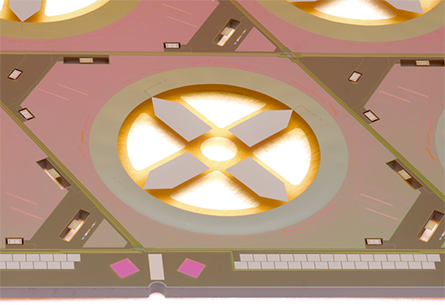
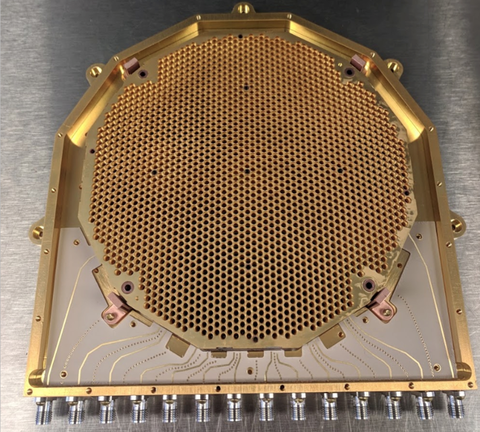
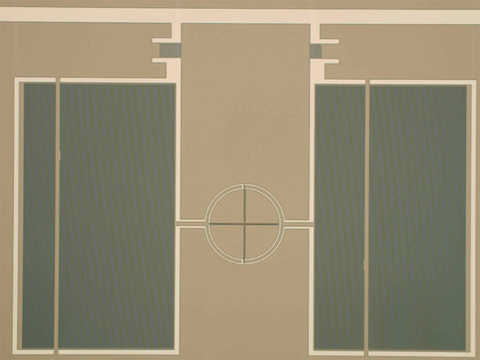
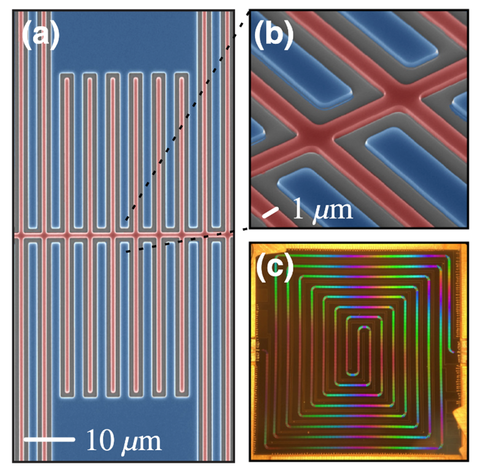
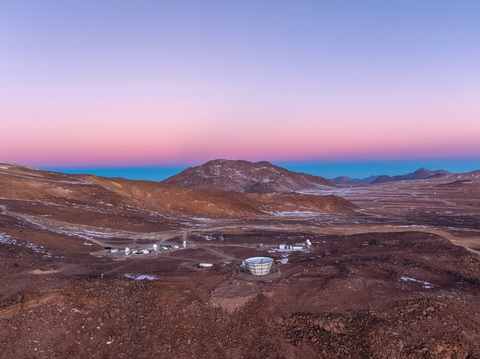
Current Research Projects and Interests
- Precision measurements of the Cosmic Microwave Background (CMB) via Simons Observatory, CMB-S4, LiteBIRD, Taurus, BICEP Array, CLASS, AliCPT, SPIDER, Atacama Cosmology Telescope, South Pole Telescope
- Sub-millimeter wave astrophysics including TolTEC and CCAT-prime, which utilize NIST-developed microwave kinetic inductance detectors (MKIDs)
- Absolute power metrology in support of quantum computing
- Quantum-limited amplifiers based on parametric amplification
- Ultra-sensitive transition-edge-sensor (TES) bolometers and 2-dimensional SQUID multiplexers for far infrared astrophysics
- Microwave SQUID multiplexers that enable large arrays of TES bolometers
- CMB bolometers with integrated solid-state refrigerators
- Advanced cryogenic array optical coupling approaches via silicon micromachining
Selected Publications
- J. Wheeler et al. “Broadband kinetic inductance detectors for far-IR observations” Proc. SPIE 1219006 (2022)
- J. Hubmayr et al. “Tolerance analysis of octave bandwidth millimeter-wave planar orthomode transducer” Proc. SPIE 12190 (2022)
- B. Dober et al. “A microwave squid multiplexer optimized for bolometric applications.” APL 118 (2021)(6):062601
- H. McCarrick et al. “The Simons Observatory microwave SQUID multiplexing detector module design.” ApJ 922 (2021)(1):38
- M. Vissers et al. “Ultrastable millimeter-wave kinetic inductance detectors.” APL 116 (2020)(3):032601
- S. Aiola et al. " The Atacama Cosmology Telescope: DR4 maps and cosmological parameters", JCAP 2020 (12), 047
- G.C. Jaehnig et al. "Development of Space-Optimized TES Bolometer Arrays for LiteBIRD." JLTP 199 646–653 (2020)
- S. Walker et al " Demonstration of 220/280 GHz Multichroic Feedhorn-Coupled TES Polarimeter" JLTP 199 891–897 (2020)
- J.E. Austermann " Millimeter-Wave Polarimeters Using Kinetic Inductance Detectors for TolTEC and Beyond" JLTP 193 120-127 (2018)
- J. Hubmayr et al. “Low-temperature detectors for CMB imaging arrays.” JLTP 193 3-4:633 (2018)
- J. Hubmayr et al. “Photon-noise limited sensitivity in titanium nitride kinetic inductance detectors.” APL 106 (2015)(7):073505
- D. Hanson et al. (SPTpol Collaboration) " Detection of B-Mode Polarization in the Cosmic Microwave Background with Data from the South Pole Telescope" Phys. Rev. Lett. 111, 141301 (2013)
- J.E. Austermann et al. "SPTpol: an instrument for CMB polarization measurements with the South Pole Telescope" Proc. SPIE 8452 (2012)
- J. P. Nibarger et al. “An 84 pixel all-silicon corrugated feedhorn for CMB measurements.” JLTP 167 3-4:522 (2012)
Major Accomplishments
- 2021 Department of Commerce Gold Medal "For enabling terahertz and millimeter-wave cameras of unmatched size and sensitivity, now deployed on terrestrial and sub-orbital telescope missions"
- Developed three generations of cameras for the Atacama Cosmology Telescope, which produced 75+ astrophysical results
- 2017 Department of Commerce Bronze Medal Award “For the development and deployment of the world’s first multi-color cameras for measurements of the cosmic microwave background”
- Demonstrated ultrastable millimeter-wave kinetic inductance detectors
- Enabled highly multiplexed TES bolometer arrays with a SQUID multiplexer
- Demonstrated photon-noise-limited sensitivity in TiN microwave kinetic inductance detectors
- Created a new type of sub-Kelvin thermometer

